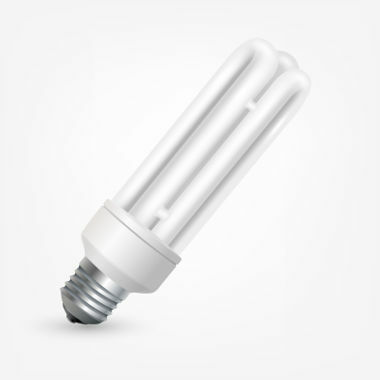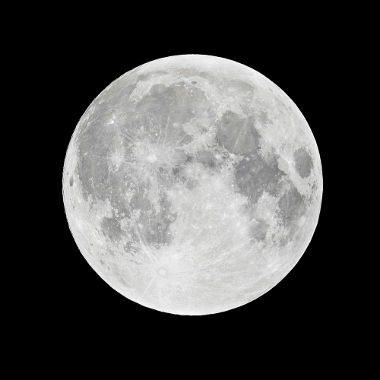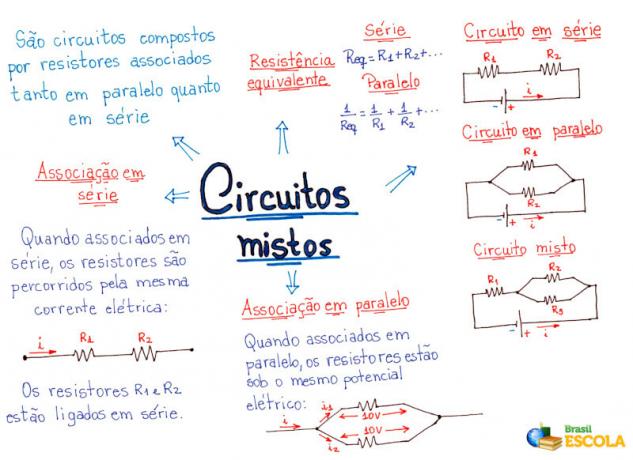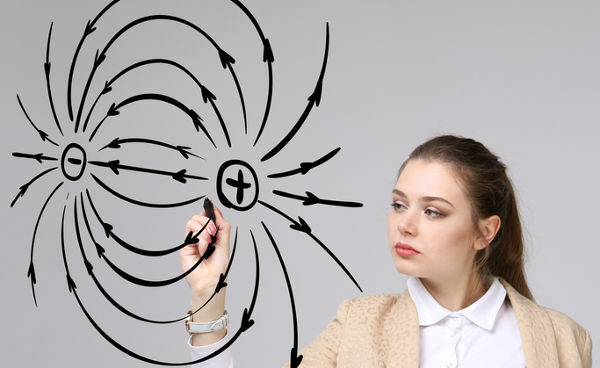Optics is the part of Physics who studies light and luminous phenomena. Its development took place after the publication of the Corpuscular Theory of Light per Isaac Newton. This theory assumes that light is formed by a beam of particles.
light is a electromagnetic wave and its speed in vacuum is approximately 3.0 x 105 km/h
Optics, in turn, is divided into:
1) Geometrical Optics:andStudy light phenomena on the basis of empirical (experimental) laws. They are explained without needing to know the physical nature of light. Geometrical Optics uses Geometry as a study tool.
2) Physical Optics: Study the physical nature of light and phenomena such as interference, polarization, diffraction, dispersion, among others.
Light rays
These are lines that represent the direction and direction of light propagation. The idea of light rays is purely theoretical and is intended to facilitate the study.
A set of light rays that have a relatively small gap between the rays is called a Luminous Brush. The set of light rays whose opening between the rays is relatively large is called light beam.
Light beams or light brushes can be classified into:
Divergent Conical
The light rays depart from a single point (P) and spread out.

Converging Conical
The light rays are concentrated in a single point.
Do not stop now... There's more after the advertising ;)

Cylindrical
The light rays are all parallel to each other. In this case, the light source is at infinity and is called an improper source.
Sources of Light
Light sources are bodies capable of emitting light, either itself or reflected. Light sources can be classified into:
• Primary light sources: They are light sources that emit their own light. They can be:
→ incandescent: When they emit light at high temperatures. Examples: the sun, a candle flame and filament lamps.

The sun is a primary source of light
→ Luminescents: When they emit light at low temperatures. Luminescent primary light sources can be fluorescent or phosphorescent.
Fluorescents: emit light only for the duration of the action of the exciter agent.
E.g.: fluorescent lamps.

Fluorescent lamp
Phosphorescents: They emit light for a certain time, even after the exciter action has ceased. In these light sources, radiant energy comes from chemical potential energy. Ex.: Light switches and luminous watch hands.

phosphorescent compass
• Secondary Sources: Are those that emit only the light received from other bodies.
Ex.: Moon, chairs, clothes etc.

The Moon is a secondary source of light
By Kléber Cavalcante
Graduated in Physics
Would you like to reference this text in a school or academic work? Look:
CAVALCANTE, Kleber G. "Basic Concepts of Geometrical Optics"; Brazil School. Available in: https://brasilescola.uol.com.br/fisica/conceitos-basicos-otica-geometrica.htm. Accessed on June 27, 2021.


